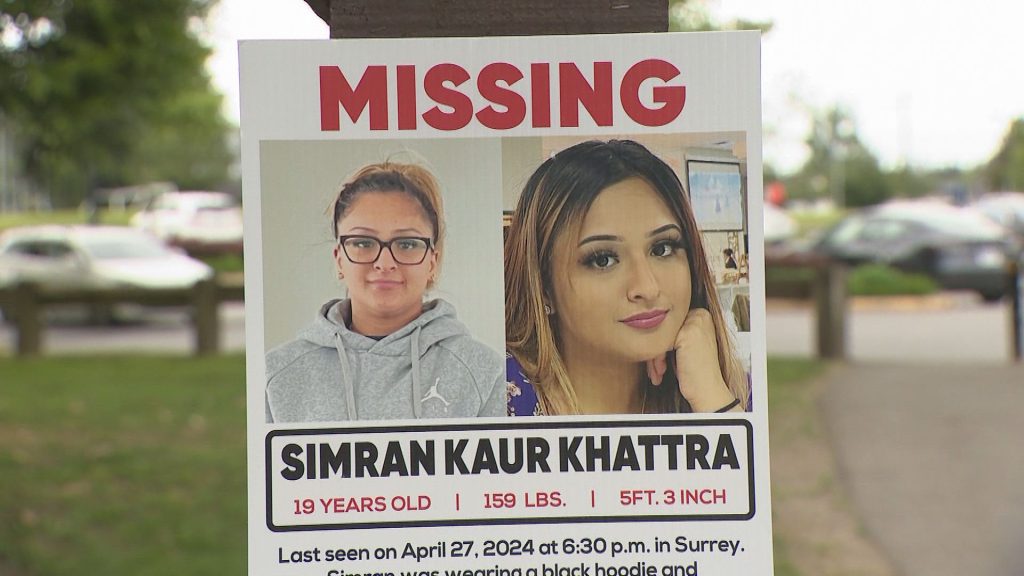Federal government releasing details of new carbon tax
Posted May 18, 2017 10:20 am.
This article is more than 5 years old.
OTTAWA, ON. (NEWS 1130) – The carbon price is part of a broader climate change framework from the government, as part of the Pan Canadian Framework for Clean Growth and Climate Change.
According to Maclean’s Magazine Ottawa Bureau Chief John Geddes, the Trudeau government plans to give provinces three options. “They can either do a straight carbon tax or like BC a cap-and-trade system like Ontario or Quebec, or some blend which is the Alberta way,” says Geddes.
The Liberal government want to see the tax or cap and trade equivalent of $10 per tonne of emissions put in place by the end of 2018, with the price rising to $50 by 2022.
However, Geddes claims that’s simply not enough. “You’d have to have a much, much steeper carbon tax than what’s being proposed here.”
In order for Canada to hit its international targets, Geddes says the government needs to impose many other regulations or push the carbon price up to 300 dollars a tonne.
Just last year, the Canadian Taxpayers Federation criticized the carbon tax plan, claiming it doesn’t work, and would cost Canadian families thousands more in taxes by 2022.
“Emissions are higher than they were when we brought in the carbon tax, and the economy has not out-performed our neighbours,” said former CTF BC Director Jordan Bateman.
The CTF estimates it’ll cost the average Canadian family $2,569 more in taxes every year, but expects British Columbian families to be less hard-hit.
This is because power sources in BC are generally cleaner, with the province producing less oil and gas than other parts of the country.
Canada has agreed to cut emissions to 30% below levels in 2005. To do so, the country would have to reduce its emissions by about 200 million tonnes over the next 13 years, which is roughly the equivalent of taking every car in the country off the road, twice.










